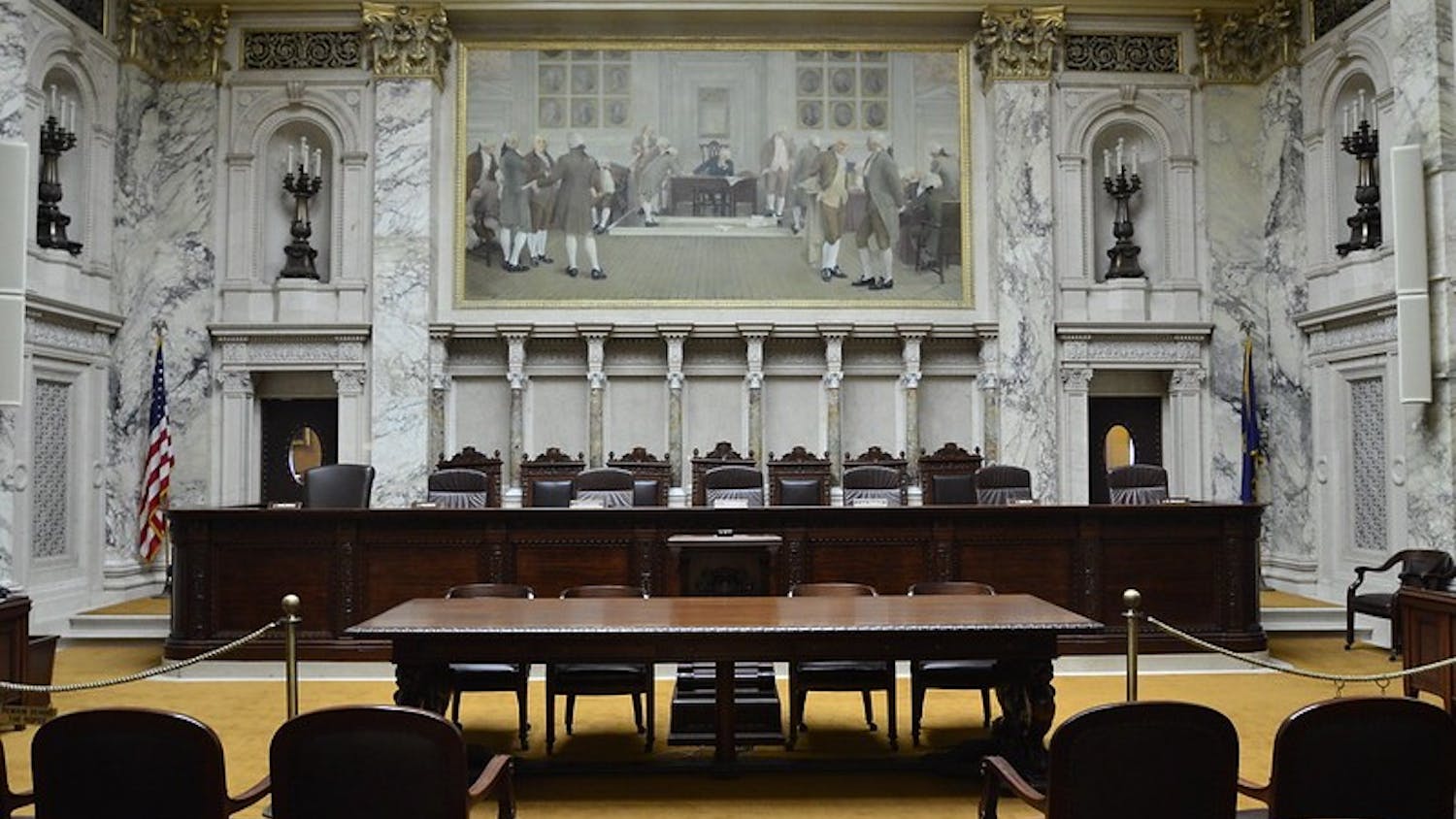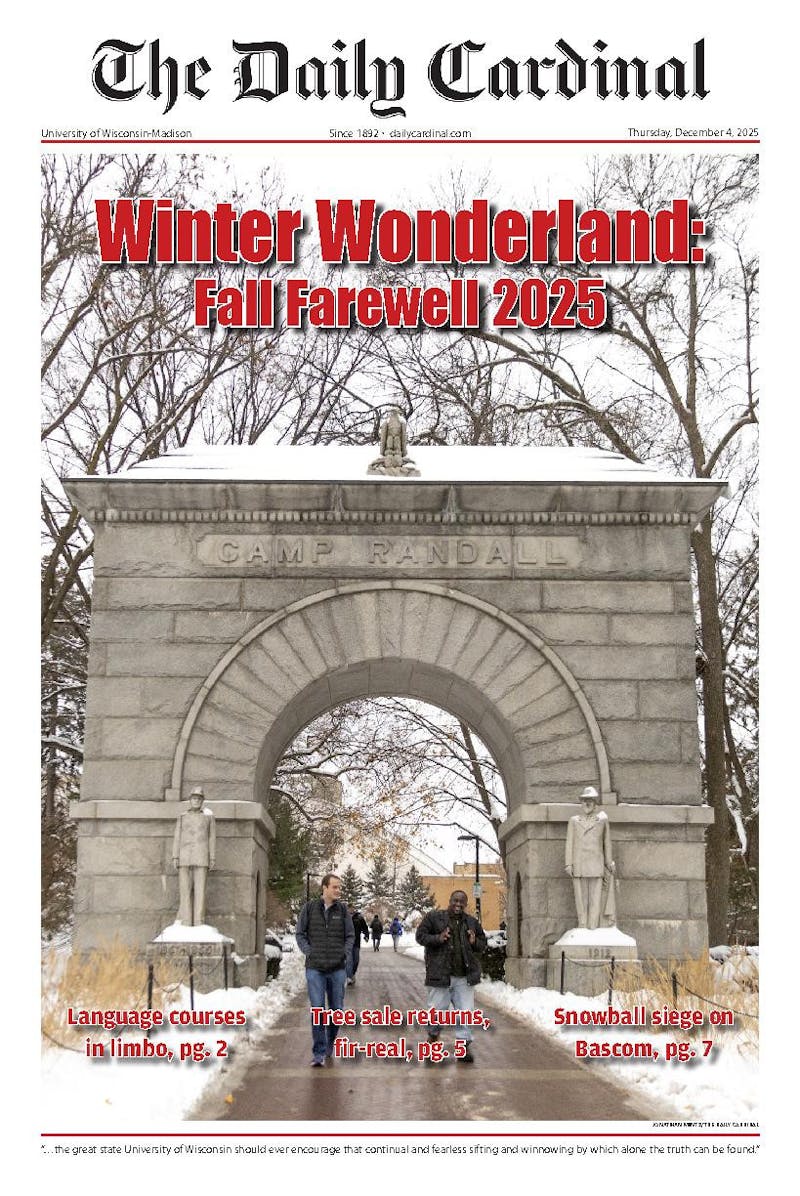The wave of upscale housing development converging on downtown Madison may prove a mixed blessing, say city officials and private contractors.
Accused of engulfing more affordable establishments and replacing them with expensive and more modern residences, the conflict has most recently been realized in the proposed acquisition of five houses on West Gorham Street by Great Dane Development, owned by Karl Madsen and Mike Fisher. The lower-rent houses, some built in the 19th century, would be converted into newer apartments available in August 2006.
Meanwhile, the practice has seen frustration mount over the absence of affordable housing among UW-Madison students.
\I'm worried about the cost of living going up substantially,"" said UW-Madison senior Mark Noxon, a resident of one of the Gorham houses, citing the cost of living at the Aberdeen Apartments, a nearby high-rise complex that began leasing in August. ""It's a cool area. We're close to Riley's [Wines of the World, 402 W. Gorham St.,], we're very close to State Street, [and] it's a short walk to campus, at least in the Humanities area.""
In addition to the Aberdeen, a complex on 420 W. Gorham St. owned by Great Dane Development began leasing August 15. Another apartment complex is also being constructed on the corner of Lake Street and University Avenue, at the former site of a Burger King restaurant.
In an attempt to combat the influx of expensive housing, the inception of the Inclusionary Zoning Ordinance, sponsored in part by Ald. Mike Verveer, District 4, has sought to maintain an affordable cost of living. The ordinance mandates that 15 percent of all new units will be designated as ""affordable,"" and earmarked for qualified people on fixed incomes, according to Verveer.
Put into effect a year ago, the Inclusionary Zoning Ordinance will find its first student-oriented target in the proposed construction on 409 W. Gorham St.
""It will have a very positive influence on what indeed is a crisis in our community, and that is the lack of affordable housing in our community. I would say [it is] the number one problem facing this community at this time,"" Verveer said, adding only a handful of buildings are presently subject to the ordinance. ""Whether you're a student or a non-student, the price of housing is just way too expensive.""
Verveer added that the influx of housing might drive the already-exorbitant vacancy rating up, generating lower prices through competition among local apartment moguls.
Madison Gas & Electric places the average vacancy rate among the four campus-area zip codes at 6.79 percent, as opposed to the ""traditional, razor-thin"" vacancy rate of one percent, according to Nancy Jensen, executive director of the Madison Area Apartment Association.
Local apartment owner Steve Brown agreed.
""It adds to the supply, so it's not an issue with finding more housing. The more affordable housing is going to be probably as easy to find as it is now,"" Brown said. ""Rent prices have been dropping for two years now, at least in the new stuff, and even in the new stuff it's getting soft.""





